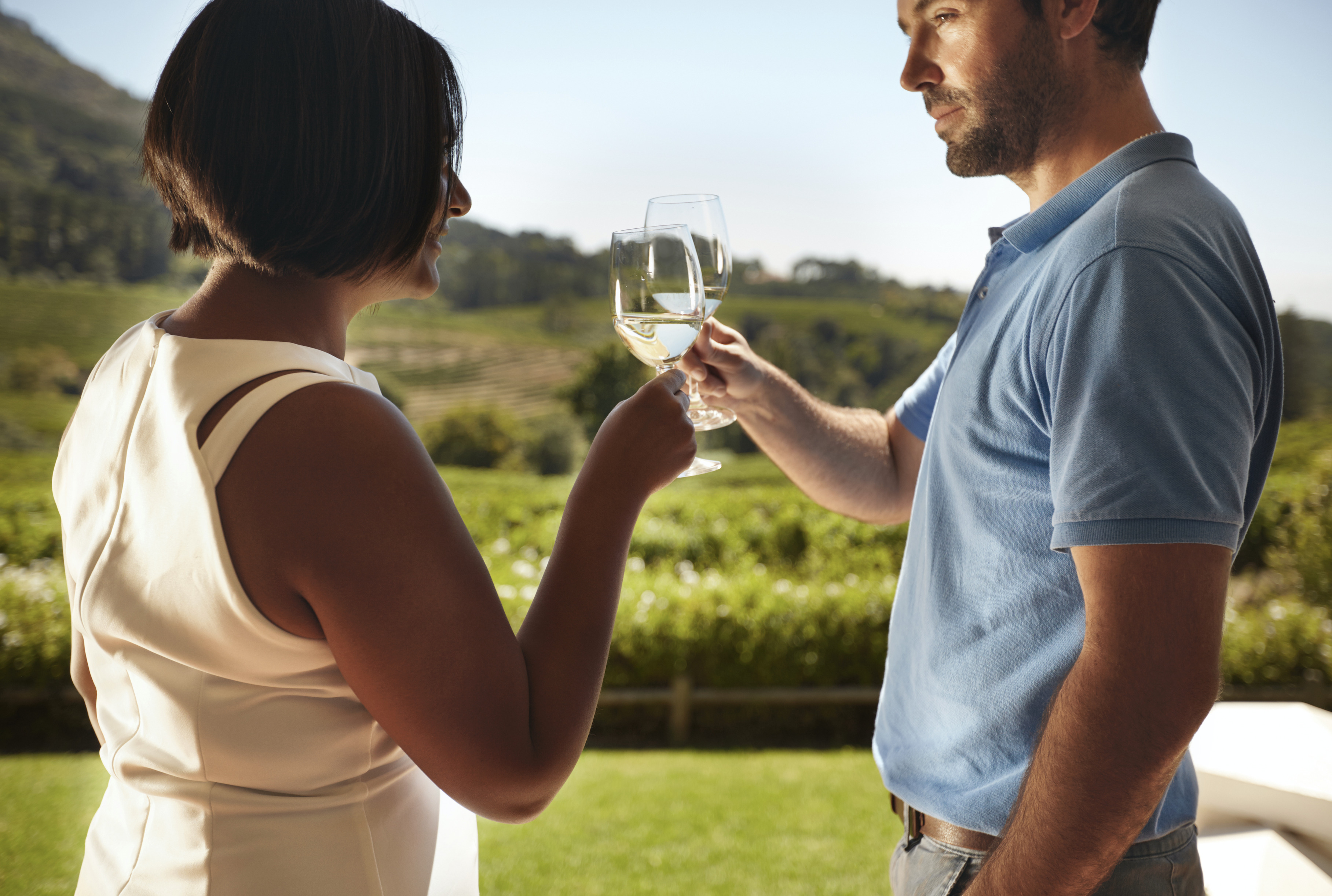Top Wine Regions of the World - Alsace

Wine ó Regions: Alsace
Winemakers in Alsace have been active since the Roman conquest.
The Alsatians themselves are a mixed French-Germanic lot, with many of the older inhabitants still speaking Alsatian, a Germanic dialect, at home. Despite living in the smallest winemaking region in France, these proud people rightfully boast of their centuries old winemaking traditions.
Six thousand wine growers live in a long sliver of land ó 190km (118 mi) by 50km (31mi) near the German border, bordered on the West by the Vosages and the East by the Rhine. Strasbourg alone is home to over 450,000 of the areas 1.8 million residents.
Theirs is a difficult endeavor, wrestling with hot summers and cold winters that see frequent snowfall. Soil in the region is among the most diverse types of all France's famous grape producing regions. From sand and granite to clay and marl, with a smattering even of volcanic soil, emerges some of the finest Riesling, Pinot Blanc and Gew¸rztraminer grapes, nestled on neatly laid out rows of hardy vines.
The juice of these grapes, grown on an area covering 37,000 acres, eventually fill 165 million bottles, some 20 percent of France's annual wine output. Ninety percent is dedicated to making the region's world famous whites, whose names betray their German influence.
Along with the more well-known Riesling and Gew¸rztraminer, which respectively comprise 23 percent and 18 percent of Alsace's unique grapes, there are Tokay and Sylvaner.
Tokay is a delightful full-bodied white made solely from Pinot Gris. On a mere 3,200 acres of clay-limestone is produced 22 million bottles of this liquid treat with aromas of wood and spice. It goes perfectly with Quiche Lorraine, but can even substitute for a red when serving a red meat dish.
Sylvaner, originally from Austria, has been made in Alsace for over two hundred years. Or, as the Alsatians would say 'only' two centuries. It forms the starting point of a fruity, dry white that's a perfect pairing for fish or pork. Though Alsatians don't object to serving it with nothing more than fresh sauerkraut.
On only 3,000 acres, 12 percent of the Alsace vineyards' area, 20 million bottles are produced of this refreshing, light white that ages well up to five years.
For those who enjoy a fruity wine, the Pinot Blanc makes a dry white that hints of peaches or pears, which pairs perfectly with a Munster cheese. Some 7,000 acres of sandstone of all things provides the soil from which ultimately comes 33 million bottles.
CrÈmant d'Alsace, a sparkling white made the same way as Champagne, is a blend of Pinot Blanc, Pinot Gris or Pinot Noir. Its aroma of red fruits, apricots and almonds make a wonderful pairing with Langres cheese.
When investigating any Alsatian wine, be sure to look for the classification 'Grand Crus', a grade which distinguishes the best of the regions' wines.
Hi! I am a robot. I just upvoted you! I found similar content that readers might be interested in:
https://world-food-and-wine.com/wine-in-france-alsace